Last Updated on June 14, 2024
INTRO
Welcome to the chaotic afterlife of Resident Evil, where zombies roam, mutations abound, and survival is just a hilarious twist away. This time around, Alice and the gang are back, along with some new friends to join the series. Gone are the expansive sets of the first three films and are replaced with green screen sets, cutting edge 3D technology and… Paul W.S. Anderson back in the director’s chair! Did he finally bring the film series back to its original roots? Does making this film in 3D make for a better viewing experience? Are we, as audience members, gifted with the best film in the series so far? So today on Horror Revisited, get ready to laugh, scream, and wonder why on earth you keep coming back for more in the next installment of the franchise… Resident Evil: Afterlife (watch it HERE).
FOURTH TIME’S THE CHARM
The story would continue where the last film left off, so naturally Ali Larter as well as Spencer Locke would return as Claire Redfield and K-Mart. But, we are introduced to a whole helping of new characters… even one replacing a huge antagonist… let’s dig into that. For anyone who’s seen Resident Evil: Extinction, we were introduced to Albert Wesker. He was played by Jason O’Mara. Unfortunately, Jason didn’t return for Afterlife to reprise the role. Instead, he was replaced by Shawn Roberts. If you have watched the previous film, you may be asking yourself why… he does such a great job and was pretty memorable. During casting, Shawn auditioned for the role of Chris Redfield. That role would go to Wentworth Miller. Shawn had done such a great job, that he landed the part of Wesker, after a successful audition. I know we just praised Jason for the role, but hear me out. Shawn embodies Albert Wesker so well, that it feels like I’m watching the video game character come to life!
Onto the other new faces. We just mentioned that Chris Redfield, a MAJOR character from the Resident Evil video game series, would finally make his onscreen debut. Wentworth Miller, the guy from Prison Break, was cast for the role. He had never played any games in the series, so he would prepare for the role by searching the internet for images and noticed how buff the character is. Unfortunately, he didn’t have too much time to prepare for the role. He would do cardio to build up endurance and described his take on the character as “He’s definitely capable and heroic, but there’s also something quite innocent.” Boris Kodjoe, Kim Coates, Kacey Clarke, Norman Yeung and Sergio Peris-Mencheta all joined the ride for the Afterlife. If you’ve been tuning in to our take on this series, you’ll know we have a true love for the character of Jill Valentine. To the team’s dismay, she wasn’t in Extinction, which made the film feel slightly off. As post credit scenes started to become a thing, thanks to Ironman, Resident Evil: Afterlife would also fall victim to them. In this case, we were excited as hell to see that Jill Valentine does make an appearance again. Granted it’s for a minute and sets her character up for the next film, but it was still wonderful to know she would be coming back. I guess Sienna Guillory realized Resident Evil was her bankable franchise and not Eragon.
PAULY
As we stated in the beginning of the episode, Paul W.S. Anderson finally said “hold my beer” and returned to direct. I’m guessing he had had enough of telling each director what he wanted to see out of the film and just wanted to take control again. With that being said, he did return to produce and write the script as well. Since he was overseeing everything, he would try to venture the series into new territory… 3D. Back in 2009, Anderson was shown footage of James Cameron’s upcoming epic, Avatar. Paul would take into account many things and try to replicate what Cameron did. He would add 3D into the story to heighten the impact of scenes by adding depth and dimension to the visuals, making them more engaging and immersive for audiences. Because of how successful Avatar became, Anderson knew there would be a surge in popularity of this retooled format. Since Resident Evil: Afterlife was relatively new territory to the 3D genre Paul used it as a way to differentiate and attract audiences looking for a visually stunning and immersive moviegoing experience.

PRODUCTION
Resident Evil: Afterlife was shot on the same camera system. Avatar and The Final Destination… The Fusion Camera System. This digital movie camera system was developed by James Cameron and Vince Pace. It was created to shoot features in stereoscopic 3-D. While Avatar and other films used the Sony HDC-F950 cameras, Afterlife stuck with Sony F35 cameras. The crew would spend two weeks alone just to understand the 3D camera setup.
Principal photography for the film began on September 29, 2009 and lasted until December of that same year. The production budget was estimated around $60 million and 20% of that budget consisted of filming the film in 3D. During production, Milla Jovovich accidentally shot out a $100,000 camera. In the film, there is a fight scene recreated from the video game Resident Evil 5, between Wesker and Chris. This scene would incorporate slow motion, among other action scenes in the film. Brining to life the slow motion scenes in the film was no easy task. Wesker has “superhuman speed” so not only did it take multiple days just to record that, but the weight of the 3D cameras were much bigger and heavier. This meant that the operators couldn’t use Steadicam rigs for easy fluid moments for shots. Camera operators were reduce to using a Segway to capture the shots.
3D cameras weren’t able to pick up anything shiny due to a flare. Cal Loucks, the hired set decorator said that objects in the film that were metal were painted silver with a special paint to remove reflections. Loucks also mentioned that the colors of the film had to be saturated because of the 3D cameras and resulted in a restrictive color palette.
Most of the film was shot at Cinespace Film Studios in Toronto, Ontario with tons of green screened sets. For the epic opening of the film, the crew had to find an interior reminiscent of Umbrella Corporation’s subterranean lair. This was filmed at the Leslie Dan Faculty of Pharmacy, which is also located in Toronto. Robarts Library, also in Toronto, was used to resemble a Los Angeles prison. Anderson really flexed his budget and went to Oshawa Airport in Ontario to portray an Alaskan aircraft boneyard. The Second Unit of the film however, was sent to Alaska to capture establishing shots. Lots of shots would then be completely retweaked in post production to give a more apocalyptic feel.
POST PRODUCTION/MONSTERS
Speaking of post production, the visual effects this time around, were done by Rocket Science VFX as well as returning favorite Mr. X Inc. Paul Jones, who helped created Nemesis back in Resident Evil: Apocalypse, was hired as the special effects creator. 150 zombies err extras were used to portray wide shots of the undead decimating Los Angeles, but of course Mr. X Inc added tons more. We can’t forget about Alice’s doubles though! The team would shoot motion control photography for multiple passes of Milla, giving the look and feel of more than one Alice at a time.
Some new monsters would come into play as well. While fan favorite infected Dobermans would come back, they weren’t going to be the run of the mill zombie dogs. Nope, this time they were infected Maijni Dobermans. Majini are creatures from Resident Evil 5 who are more intelligent and have mandibles and tentacles coming out of their mouths. Dogs weren’t the only ones who appeared, human zombies also come to scare the crap out of you in this form! We are also introduced to the best baddie in the film, The Executioner. He is a straight up badass wielding his axe ready to take out any foe in front of him. I’ve always thought he was the better adversary over Nemesis.

SCORE
One thing that is vital to a film engaging with its audience is its score. Whether you have famous names like Marco Beltrami, Marilyn Manson or Charlie Clouser… your ears are bound to have a good time. What feels strikingly similar to the Defense Against the Dark Arts position at Hogwarts, so goes for the Resident Evil film series’s composers. This time we are graced with the likes of Tomandandy who had previously composed scores for The Rules of Attraction, The Hills Have Eyes remake and The Mothman Prophecies. Their score features a blend of electronic and orchestral elements which creates a tense and atmospheric backdrop. It enhances the action and horror and feels like a serviceable add on to the film.
PLOT
Let’s discuss the plot of the film. It begins with an assault on Umbrella HQ in Tokyo by Alice and her clones. She’s able to kill everyone except Wesker who flees in his plane and detonates the facility. Alice stows away and tries to kill Wesker, but is stabbed by his anti-virus serum removing her superhuman abilities. As the plane crashes, both Alice and Wesker flee and six months pass. Alice then continues searching for survivors, which leads her to the safehaven in Alaska, mentioned in the previous film. Alice finds Claire, who has a spider-like device strapped to her chest. She doesn’t recognize Alice but eventually they travel to Los Angeles and find a prison full of survivors. It’s there we meet Chris Redfield, Claire’s brother and begs Alice to help him escape for being falsely imprisoned in exchange for providing an escape route. However, their journey takes a dangerous turn when they discover the supposed broadcasted safe haven, Arcadia, is a vessel that has been housing all of the rest of the survivors in prisons led by Wesker. As Alice confronts her own past and the true nature of her existence, she must rally her allies and unleash her formidable skills to stop Umbrella’s sinister agenda once and for all.
RELEASES
Resident Evil: Afterlife opened in theaters on September 10, 2010, instead of its tentative release date in August. It would be the only new release of the week coming in at first place, dethroning the previous week’s number one film, The American, aka George Clooney’s assassin film. It grossed $26.6 million on opening weekend. In the film’s second week, it would drop to fourth place and would take a 63% loss in ticket sales. By its third week, the film fell to seventh place and on its fourth week it would leave the top ten. Domestically it would make $60 million. In other markets the film did really well, grossing $240 million ending its theatrical run with a worldwide total of $300 million!
Screen Gems would pay Constantin Film, Davis Films and Impact Pictures $52 million for the rights to distribute the film in North America and other key foreign markets. When released, the film opened in 4,700 screens in 3,203 different locations with over 2,000 of the locations showcasing the 3D technology. It would also be released in IMAX 3D and would, at the time, rank as one of the largest 3D releases.
Once again, Sony would not screen the film in advance for critics. The film currently sits at a 21% on Rotten Tomatoes with the critics consensus statement: As dim-witted and lifeless as its undead antagonists, Resident Evil: Afterlife is a wholly unnecessary addition to the franchise. Michael Ordona of the Los Angeles Times said some positive things about the slower action scenes saying that it was easier to see and take in compared to most films in that genre. Others, while not liking the film, praised the use of 3D and would be called sleek and well staged.
Surprisingly, the film would be nominated for several awards including Favorite Horror Movie at the People’s Choice Awards as well as several technical achievements at the Genie Awards. Milla would win at the Scream Awards for Best Science Fiction Actress.
Resident Evil: Afterlife released on DVD, Blu-ray and Blu-ray 3D on December 28, 2010. Special features included filmmaker commentary, featurettes, deleted and extended scenes and outtakes. 2013 saw the release of a two-disc set that housed the first four films entitled The 4 Movie Resident Evil Collection. In January of 2017, to coincide with the final film, a 4K version would be released in stunning Ultra HD Blu-ray.

LOOKING BACK
Sometimes when we revisit films, we usually notice new things that either wasn’t appreciated the first time around, or even a newfound feeling towards the movie. Besides the action, this film felt as artificial and hollow as its green screen backgrounds. This is a franchise that I truly enjoy, as well as others, but nothing vibed this time around. I can even forgive Apocalypse for being a misstep after the wholly entertaining first film, but everything just felt fake here. The plot feels like an afterthought in so many ways, and any fan of the video game knows they did Chris Redfield dirty during and after this movie.
Now that I’ve said my piece about the story, I will praise Anderson and crew for their work on the special effects. Everything and I mean everything about them are gorgeous. Experiencing this in theaters, in 2010, with the 3D glasses was not only a sight to behold, but at a crisp 97 minutes kept my attention. Even upon revisiting on my Blu-ray player, the video quality is top notch. The visuals are stunning and provide tons of immersion.
POSITIVES
With those visual effects, we are blessed with some very fun scenes. The opening scene alone, which feels like the climax, is just pure visual perfection. It felt like Anderson saying to the audience “Hello Boys, I’m back!” I had the biggest smile on my face watching Alice and her clones destroy the Umbrella Corporation’s headquarters. It replicates the climax of The Matrix almost perfectly, but stands on its own as a highlight of not just this movie, but of the whole series. The axe fight scene is another high-octane battle between Alice,and the formidable Executioner Majini,Set within the confines of a prison facility, the scene unfolds with heart-pounding intensity as the Executioner proves to be a formidable adversary, swinging his weapon with deadly force as Alice navigates the narrow corridors in search of a way to defeat him. The tension mounts as Alice narrowly dodges each blow, with dynamic camera angles and fluid editing capturing every heart-stopping moment of the confrontation. The scene is a visually stunning and adrenaline-fueled spectacle that leaves a lasting impression. Last but not least, let’s discuss the climactic battle on board the Arcadia. Alice, alongside her allies, confronts Albert Wesker. The scene unfolds with explosive action and high stakes as Alice unleashes her formidable skills and resources to thwart Wesker’s nefarious plans. The battle is a test of wills and strength as both sides engage in a fierce struggle for survival, with Alice’s determination matched only by Wesker’s cunning and ruthlessness.
OUTRO
In conclusion, even though the 3D craze has fizzled out, Resident Evil: Afterlife shines with its pulse pounding visuals. Its intense action sequences, and impressive visual effects, offer a thrilling cinematic experience for fans of the franchise. It does look and feel to be the closest, so far, to its video game counterpart. But, with an over-reliance on flashy visuals and action sequences, the story falls short on character development and depth. With that being said, Milla Jovovich delivers on the action as Alice, and the film keeps audiences engaged from start to finish. While some may think that it’s a misstep in the film series, Resident Evil: Afterlife continues chugging along with its world building, gun wielding zombie fighting self and cements its place in the Resident Evil universe.
Since the film ends on a cliffhanger, we would get a follow up in 2012 entitled Resident Evil: Retribution. So how about it? Would you like us to load up our weapons and continue covering the series? Let us know in the comments!
Two previous episodes of Revisited can be seen below. To see more of our shows, head over to the JoBlo Horror Originals channel – and subscribe while you’re at it!








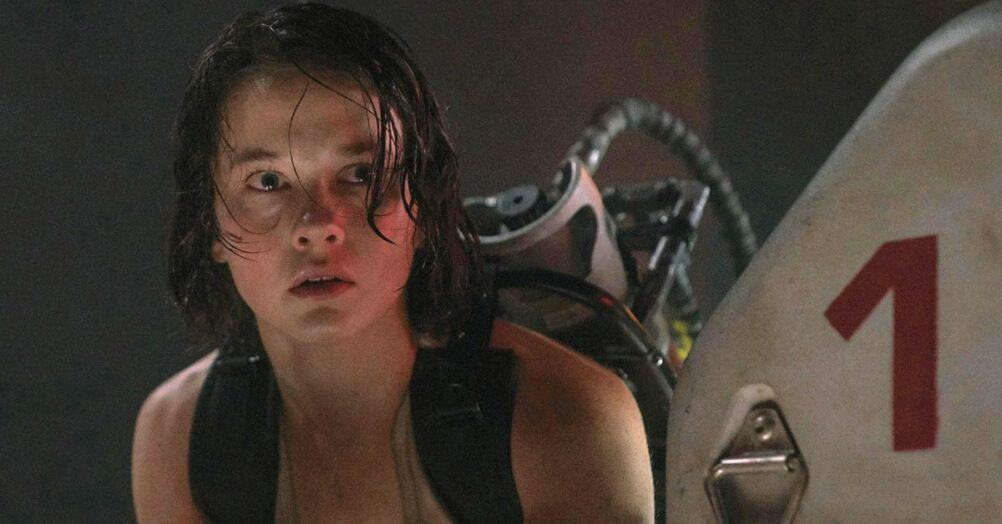


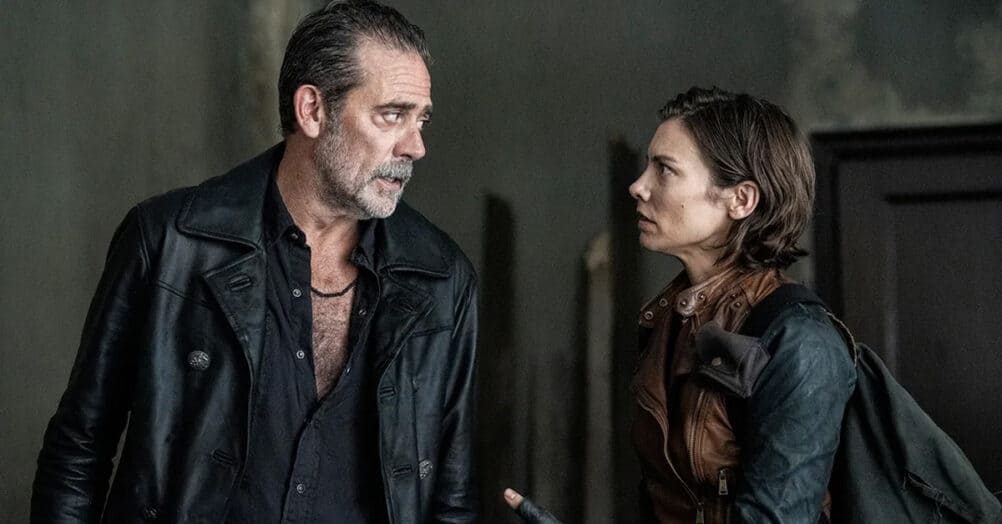
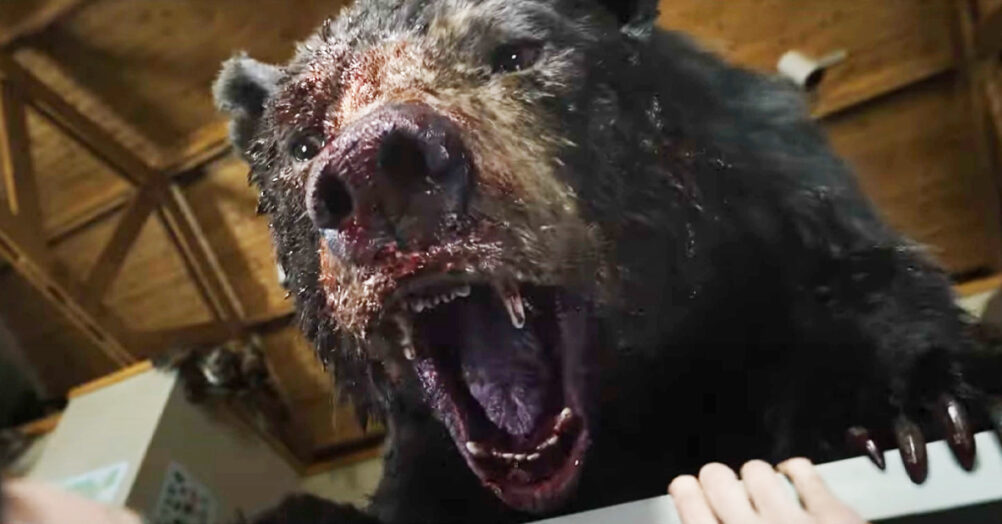

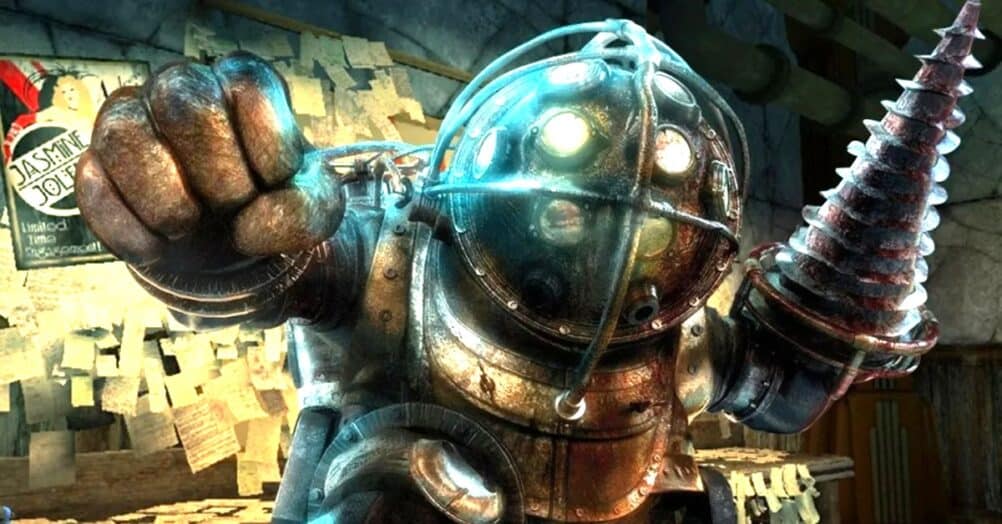
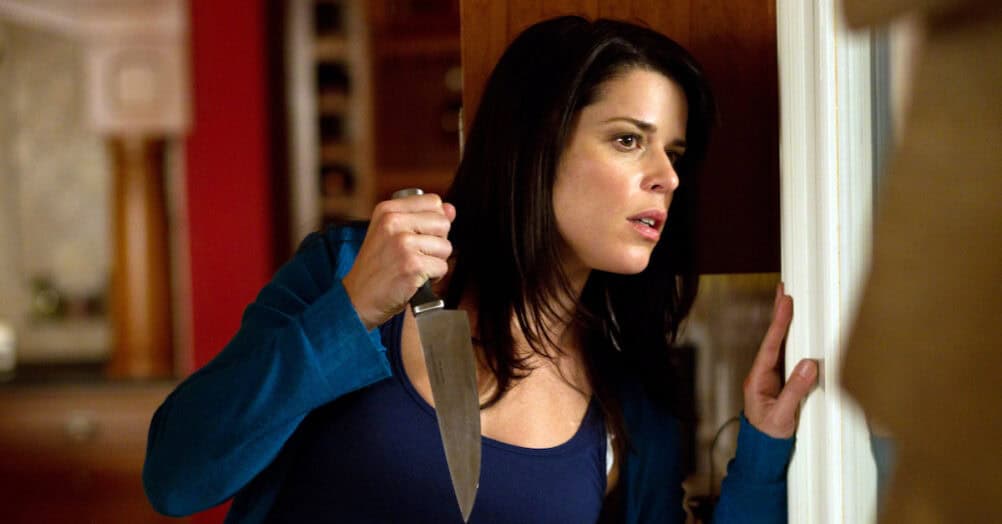


Follow the JOBLO MOVIE NETWORK
Follow us on YOUTUBE
Follow ARROW IN THE HEAD
Follow AITH on YOUTUBE